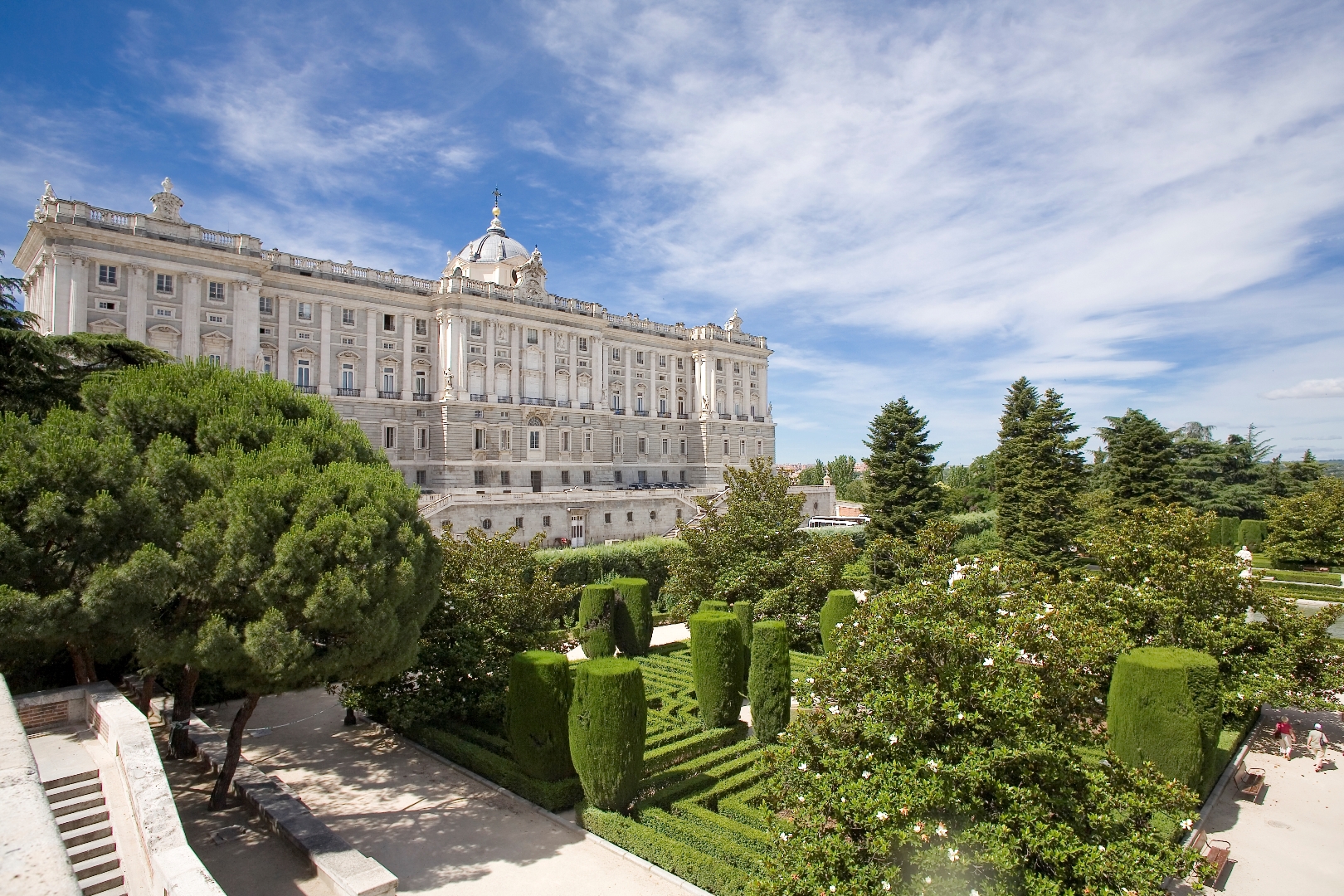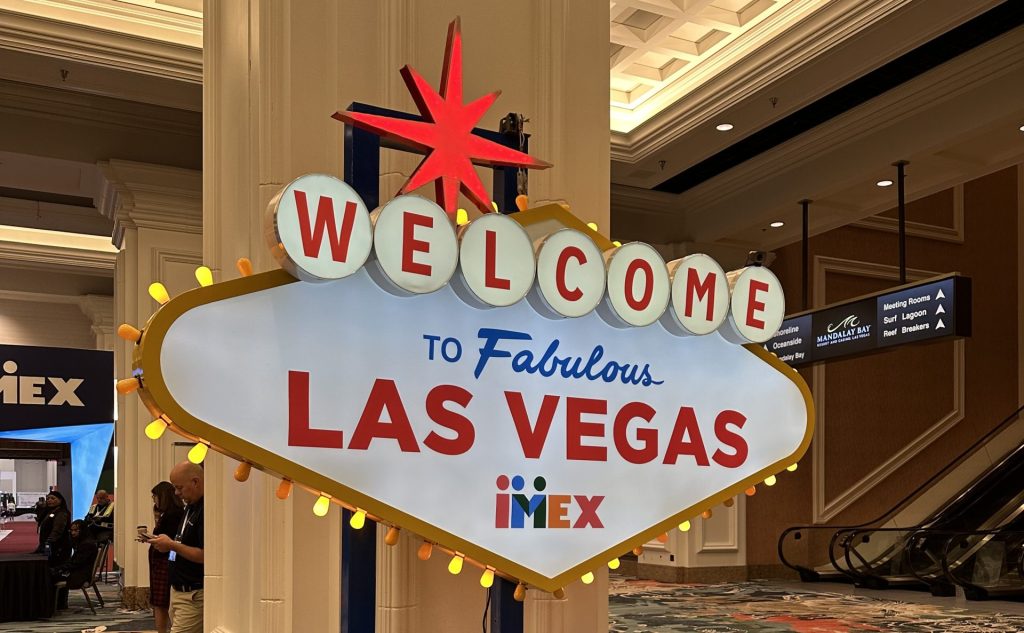
Tropical islands have provided quintessential “getaway” destinations for incentive groups for decades, by virtue of their climate, environment and location. Today, though, the market is increasingly sophisticated and complex. Current demands mean that tourism associations, resorts and destination management companies (DMCs) can no longer rely on the simple staples of sun, sand and seclusion. Instead, conference and incentive professionals are having to develop much more compelling programme components in order to attract business.
In destination terms, Asia punches well above its weight with an unparalleled offering of islands and archipelagos. The territory can provide incentive groups with diverse experiences ranging from the Robinson Crusoe chic of luxury resorts on remote sandbars to heritage sites that are steeped in centuries of vibrant, cultural history.
Some of the world's most idyllic destinations – from Sri Lanka and Palawan to the Maldives and even Madagascar off the African coast – are stalwarts of good old fashioned beach side R&R. Today, however, many of these locations also present opportunities for cultural discovery, nature and recreational activities that are in line with increasing demands made by discerning, contemporary incentive groups.
Everything in one place

Sri Lanka’s meeting and tourism industries have continued to grow and evolve since the end of the country’s decades-long civil war in 2009. Infrastructure is being continually upgraded and developed from its previously lacklustre state. The so-called “Pearl of the Indian Ocean” now registers on the radar of many of the top international hospitality brands. This is helping Sri Lanka develop its position as an all-in-one destination for the meetings and events industry.
At present the island nation currently draws some 120,000 meeting and incentive visitors per year. Vipula Wanigasekera, general manager, Sri Lanka Convention Bureau, says: “Infrastructure is developing rapidly. Practically all hotels have meetings facilities. These include the international brands such as Shangri-La and Hyatt that are now seeing come in.
“There is also a brand-new convention centre opening in Hambantota. It’s situated near the new Mattala Rajapaksa International Airport, which will commence operations from March. With interest growing, even resort hotels and new properties in Passekudah and Yala will have convention facilities.”
This more sturdy infrastructure will undoubtedly attract convention and exhibition organisers. It’s the country’s vast geography and vibrant culture, though, that lures incentive groups. Sri Lankan itineraries can combine anything from shopping trips and spiritual activities to whale watching and visits to ancient cities or jungle-clad mountains.
Cultural climes

Incentive groups looking for a strong cultural component to their activities will find multiple opportunities in Sri Lanka. The world’s oldest continually Buddhist country, Sri Lanka was officially recognised as Buddhist in the 2nd century BC. Ziyan Ameen of Aitken Spence Conventions & Exhibitions, says: “There is a host of inspiring heritage sites that range from ancient cities to colonial forts. Sri Lanka has a vibrant culture that includes fine arts and crafts, grand festivals, and a people of diverse ethnicity and religious persuasions. It’s both charming and hospitable.”
Whilst Ameen believes that the friendliness of the local people is the real “clincher”, activities that centre upon the country’s cultural sites feature prominently in requests.
Last year, Aitken Spence organised a six-day incentive programme for 135 delegates from a Belgian plastic ware manufacturer. Key activities included a trip to Galle Fort, a World Heritage Site built by the Portuguese and extended by the Dutch in 1663. Guests were dressed in traditional sarongs and saris at a Sri Lankan themed dinner, which featured a cultural show. The itinerary also included visits to two other World Heritage Sites, the 5th century Sigiriya rock fortress and the 1st century Golden Temple of Dambulla, a Buddhist cave complex.
Ziyan says: “What the group enjoyed most was the Sri Lankan culture and food. They especially loved the local costumes we gave them for the Sri Lankan themed dinner.”
Eco adventures

Cloaked in natural beauty, the Philippine province of Palawan presents a staggering array of Eden-like experiences for eco-focused incentive groups. The cluster of 1,768 islands is home to a host of coral reefs, national parks and World Heritage Sites. Popular destinations include El Nido, St Paul’s Subterranean River National Park, the Tabon Caves, Calauit Island Wildlife Sanctuary and Tubbataha Reefs National Marine Park.
Sonia Lazo, managing director, Intas Destination Management, says: “The pristine surroundings of Palawan make for a truly memorable experience in terms of eco-activities. Palawan’s moniker of the ‘Last Frontier’ may be overused and clichéd, but it’s not without reason. Spectacular coral reefs and limestone cliffs serve as a dramatic backdrop for the El Nido area. Here, visitors will find unspoilt beaches devoid of full-fledged commerce and secret lagoons that add mystery and allure. It makes the location ideal for incentives.”
Palawan’s dramatic surroundings are one of its key strengths. According to Lazo, the geography enables DMCs to offer unique and exciting activities ranging from kayak trips to Survivor type team activities.
She says: “We recently organised a trip to Palawan for a group of 74 CEOs from a large French conglomerate. It was very high-end in nature. The group occupied the entire Pangulasian Island Resort in El Nido. We had cocktails on the sandbar, dinners on the beach, a team-building activity where teams were made to perform tasks to earn points and buy ingredients for a meal that they would eventually cook. The gala dinner was on a raft in the lagoon, with the limestone cliffs as a backdrop and providing natural acoustics for a concert. This was all perfectly timed on an evening with a full moon.”
Another emerging destination for nature-focused incentive groups is the Indian Ocean island of Madagascar. A place renowned for its biodiversity, around 90 per cent of species found here are endemic. Certainly appealing, it can be a challenging location in terms of making travel arrangements.
Pierre Bester, director of Masoala Forest Lodge on the island’s northeast coast, says it’s easy to put your finger on what makes Madagascar unique. “Wildlife, wildlife, wildlife. You have traditional culture, undeveloped wilderness, an island continent with vast climatic, cultural, plant and animal diversity.”
These are key elements, along with eco-friendly accommodation, educational components and community-benefit programmes that attract specialist groups, according to Bester.
Fine dining

The Maldives has carved itself an exclusive niche as a destination famed for its castaway chic. Visitors can stay in a luxury villa located on a private sandbar that only stands one or two metres above sea level.
Given such luxury settings and associated accommodation costs, the Maldives has always been focused on executive-level and high-end incentive groups. Whilst the cluster of 26 atolls offers activities ranging from cultural excursions to water sports and marine wildlife tours, developing unique elements has become increasingly important for resorts and DMCs that want to stay at the cutting edge of the incentives market.
Etienne de Villiers, area public relations manager for Anantara Resorts Maldives, explains that Anantara developed its Dining by Design concept in order to deliver personalised experiences. He says: “We want to provide unique occasions in dreamy locations, from an isolated sandbank in the Indian Ocean to a coconut grove. It can be anywhere the group chooses.”
As a key example of how the Dining by Design’s concept works, de Villiers cites a 50th birthday celebration organised last year. For the event the client booked out three resorts – Anantara Dhigu, Anantara Veli and Naladhu Cluster Of Resorts, South Malé Atoll – for 220 guests travelling from around the world, as well as a 180-strong production team. The six-day programme featured a different group event each night, with standout elements including an “Island Life” sunset cocktail reception at Aqua Bar, Anantara Dhigu; a “Hell’s Kitchen” brunch at Fushi Café, Anantara Dhigu; and a sentimental childhood themed buffet dinner at Dhoni Bar, Anantara Veli. The gala dinner featured two stages and live entertainment at Naladhu Beach followed by a disco and beach after-party. At midnight, a fast-food buffet was served, running until 6am when breakfast was served on the beach.
Fast Facts
Sri Lanka
ACCESS Sri Lanka has three main international airports: Mattala Rajapaksa International Airport opened in March 2013, adding to the capacity provided by Bandaranaike International Airport and Ratmalana International Airport. There are direct flights from about 40 countries and more than 50 cities.
CLIMATE Tropical and humid with average coastal temperatures of 27?C, dropping to 16?C in the mountains.
VISA Visas on arrival are available for visitors from most countries.
LANGUAGE Sinhala and Tamil are the two main indigenous languages. English is widely spoken in tourist areas and large towns and cities.
CONTACT Sri Lanka Convention Bureau, www.visitsrilanka.net
Maldives
ACCESS There are direct scheduled flights to Ibrahim Nasir International Airport in Malé from 17 countries and some 35 cities, with numerous charter flights from Europe. Transfers to other islands can be made by scheduled or chartered seaplane, speedboat or ferry.
CLIMATE The temperature barely changes in the Maldives, averaging 30?C year-round. There are two distinct seasons – the dry season/northeast monsoon occurs from January to March. This is followed by the wet season/southwest monsoon which runs from mid-May until November.
VISA Visitors from most countries are eligible for a 30-day visa on arrival.
LANGUAGE Dhivehi is the official language, though there are a number of dialects. English is widely spoken in all tourist areas.
CONTACT Maldives Marketing & Public Relations Corporation,
www.visitmaldives.com
Madagascar
ACCESS Direct flights to Madagascar’s Ivato International Airport are fairly limited, with key connections via Paris, Milan, Mauritius, Bangkok, Johannesburg and Nairobi. Ferries run from Mauritius to Toamasina on the east coast.
CLIMATE Madagascar’s climate is generally subtropical, though it can vary greatly depending on location. April and October/November are the best times to visit. The cool/dry season runs from May to October, but the weather can get cold and blustery in the highlands during this time. Temperatures range from about 30?C on the coast to 25?C on the hauts plateaux and can drop to 10?C in the highlands during winter. Avoid travelling during the heavy rain from January to March.
VISA Free visas on arrival for stays of up to 30 days or can be obtained at Ivato Airport. Passports must be valid for six months.
LANGUAGE Malagasy is the official language of Madagascar. French is widely spoken, however very few people outside of the main hotels and major tourism businesses will speak any English.
CONTACT Madagascar National Tourism Board, www.madagascar-tourisme.com
Palawan
ACCESS Palawan is accessible by air and sea. There are regular daily flights from Manila to the province’s main airport, Puerto Princesa, with flights from Cebu four days per week. Flights to the smaller El Nido and YKR airports are less frequent. Ferries from Manila take around 24 hours. Those travelling from Iloilo should expect a trip of around 36 hours to reach the destination.
CLIMATE The province has two main monsoon seasons (June-October and November-February) and an average year-round temperature of 31?C. The southern part of the province has few of the torrential downpours that can be experienced in the north. The best conditions for sea travel are from March to May, so keep that in mind if booking boat trips as part of the incentive.
VISA Visitors from most countries are allowed to enter the Philippines without the need for a visa for stays of up to 21 days. Passports must be valid for at least six months beyond the intended length of stay.
LANGUAGE While there are a number of local dialects, the majority of the local population speak Filipino. English is widely spoken in most of the major tourist areas.
CONTACT Philippines Department of Tourism, www.tourism.gov.ph


